…or at least that's what I hummed to myself when I got this awesome Lian-Li PC-V1100 Plus II case used, locally:
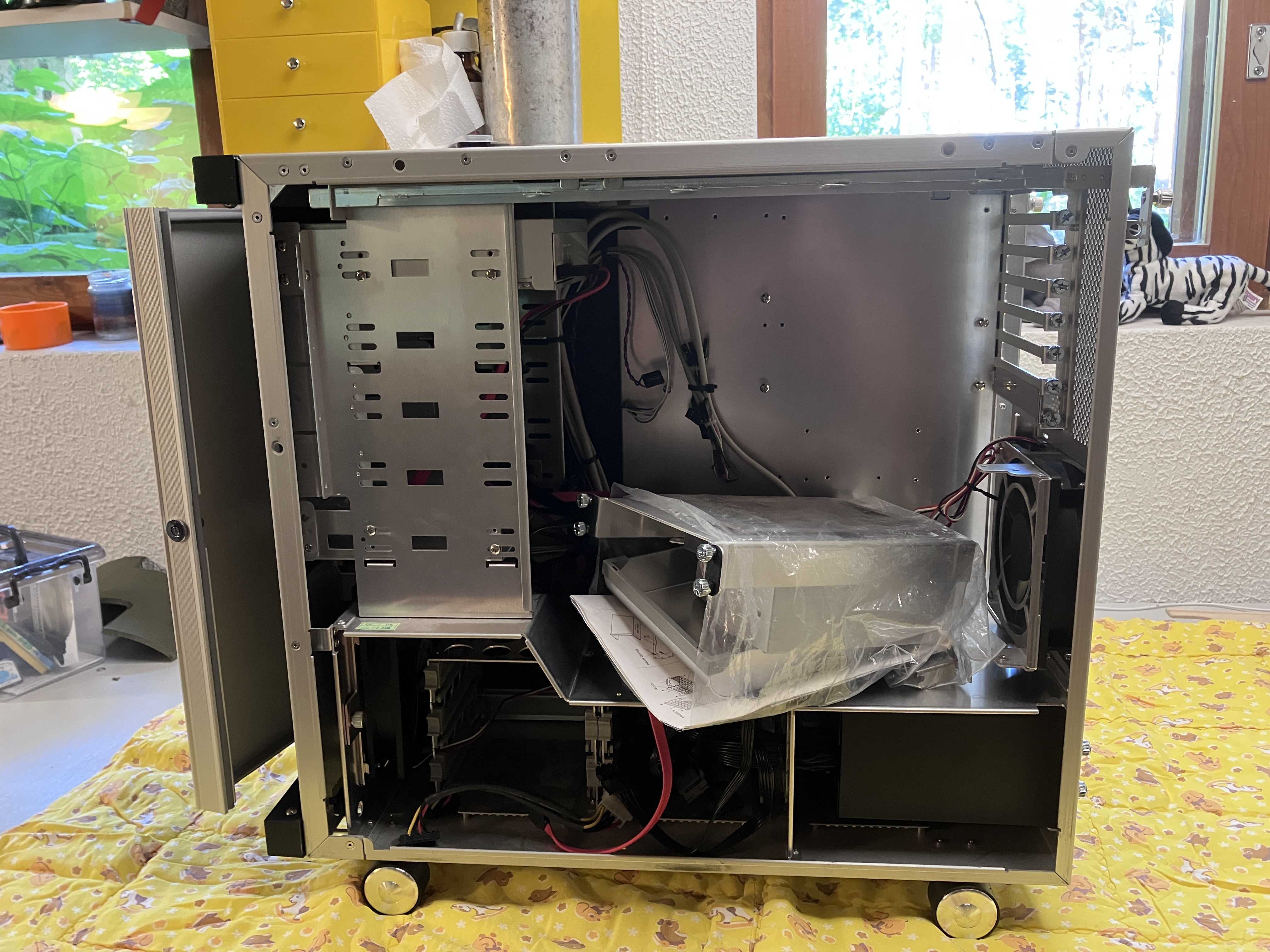
The case was near-complete with all the accessories, the manual leaflet, and even a 2006 Lian-Li catalogue. Included in the purchase were also a functional, albeit low-end, Seasonic PSU and a SATA DVD drive. So, why did I get this one? The original idea was that I wanted to re-build the Vista prebuilt I had previously received from my uncle, but I needed a PSU for it, as the original had died. I also needed a case, given I had built the Shitbox server in the original chassis of the Vista prebuilt. This local listing conveniently had both a PSU and a case in it and – as an added bonus – the case was really cool. However, the problem was that the case was really cool – much cooler than the Vista prebuilt hardware warranted. So, I decided to rehouse the Shitbox server (which had been repurposed as an offsite backup server at my parents' after I had rebuilt my main home server in the other cool 2000s enthusiast ATX case I own). It's not like the Shitbox server hardware is that much more to write home about than the Vista prebuilt, but it is a computer with a real use case that I interact with on a regular basis.
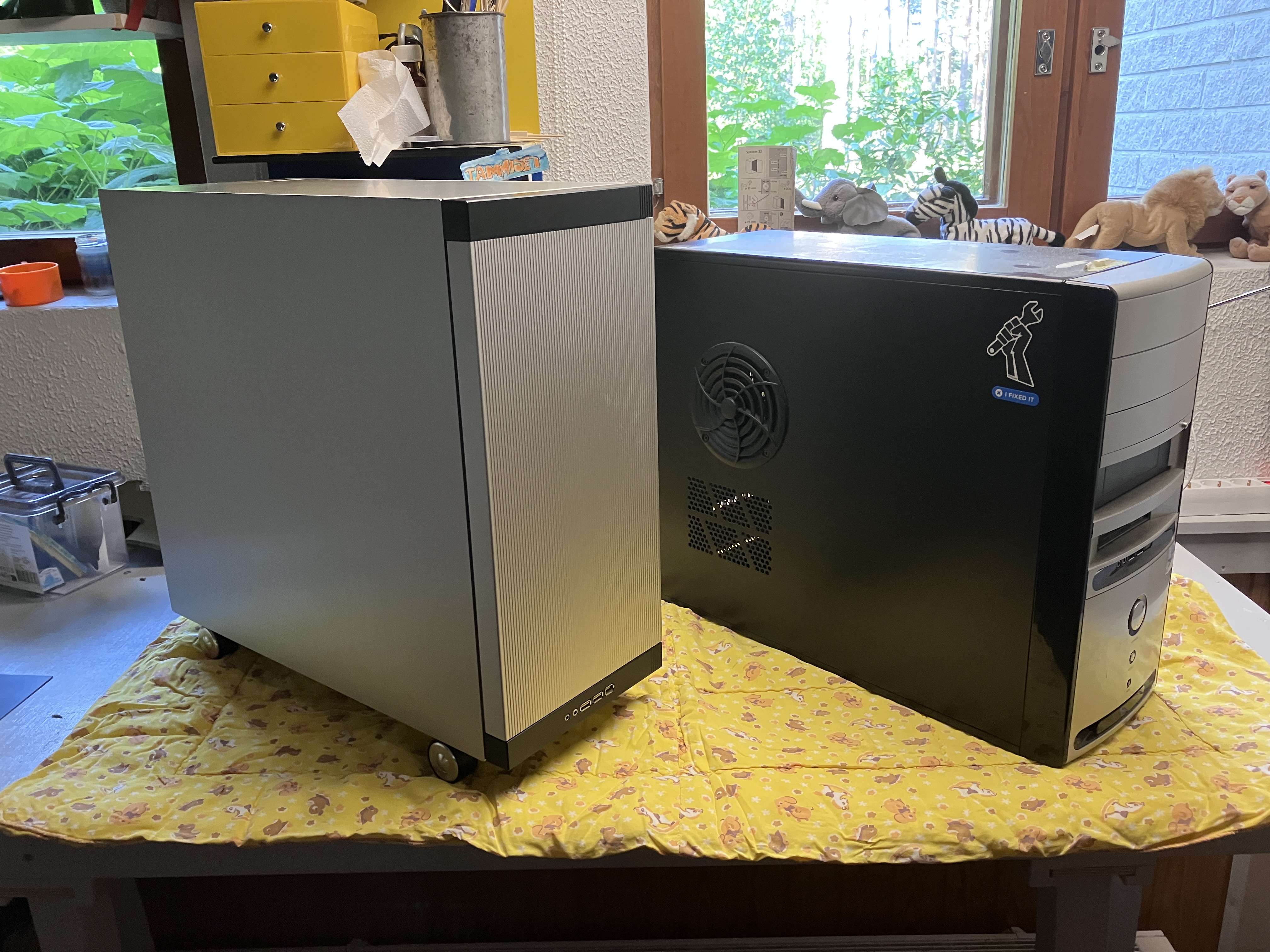
The case is really high-end, which shows in the many toolless solutions that were really ahead of their time.
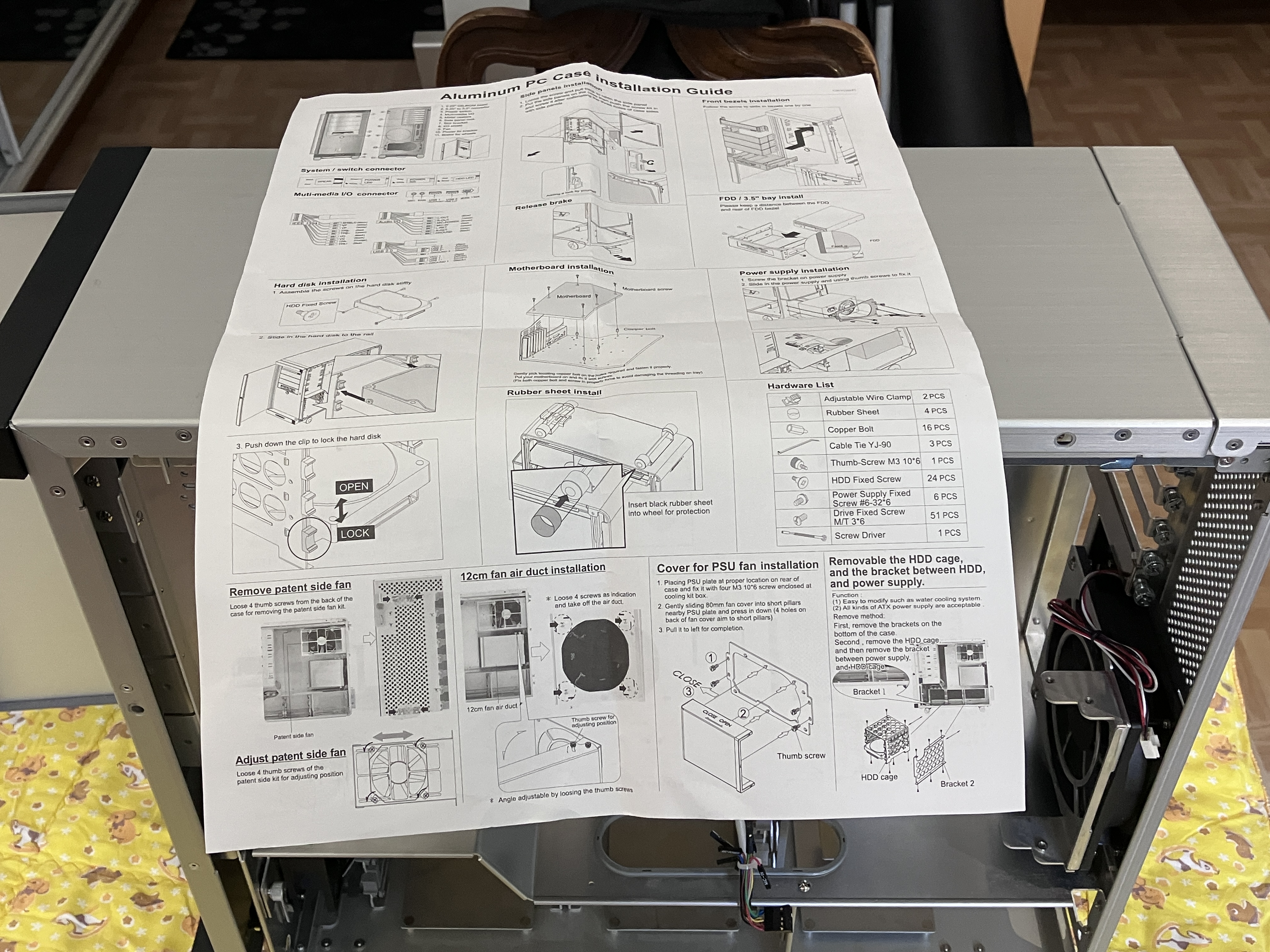
The rehousing operation was very fiddly. Not unpleasant, but fiddly. Among other things, I had to flip both the included case fans around and also flip the SFX-to-ATX PSU adaptor plate. (I trust the Fractal Design SFX PSU I bought new for my original ITX build way more than the used Seasonic included in this purchase, so I decided the former should go into the machine I actually use and the latter to the Vista prebuilt.) What also was flipped was the motherboard – the case has a reversed layout where the motherboard goes upside down on the left wall of the case.
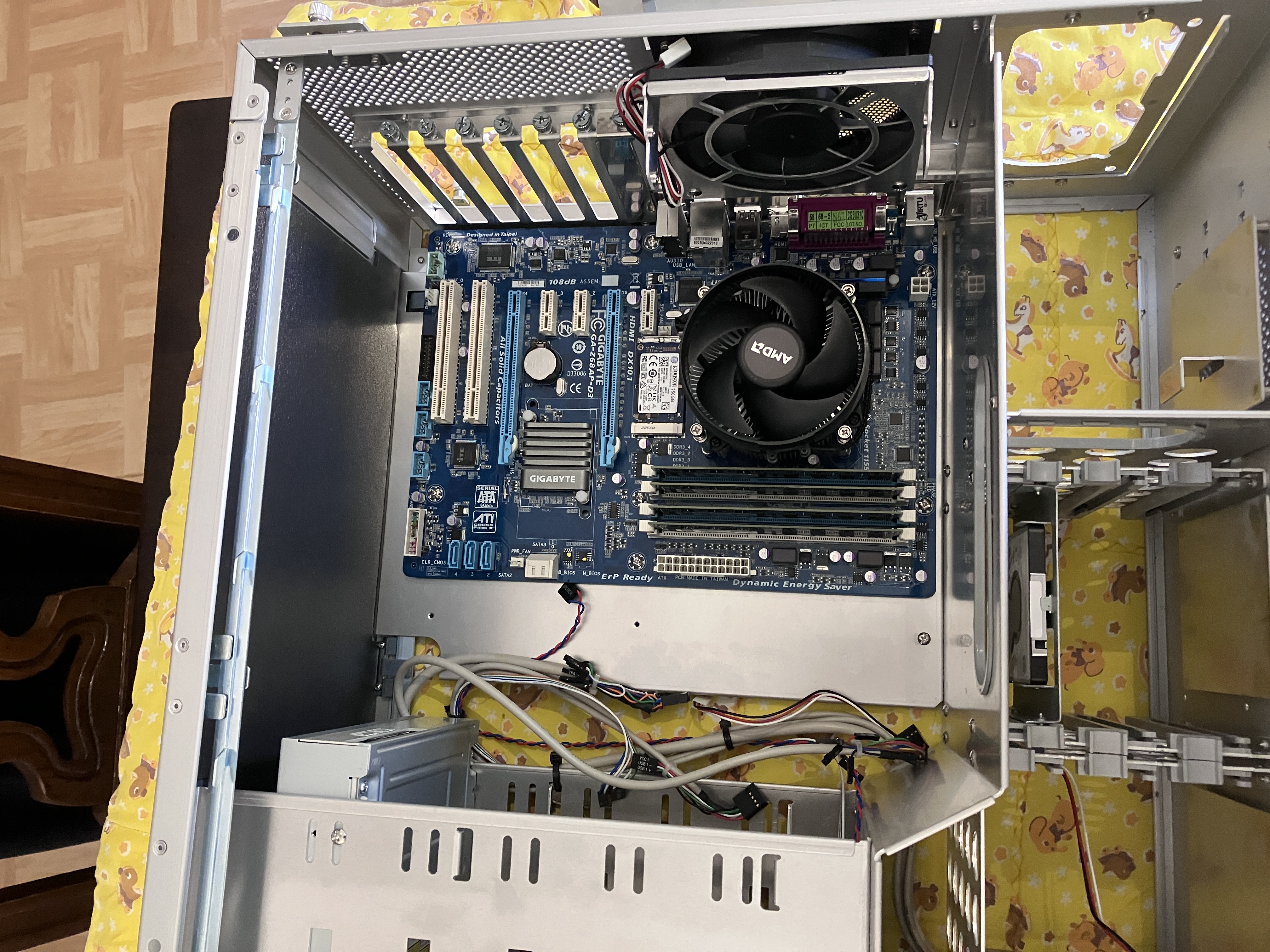
There were some further fiddly bits as well. The case included two aluminium air ducts to supposedly aid in the direction of air – one for the CPU and another for the PSU. Now, I didn't need to install them, nor do I particulary believe in their efficacy, but I wanted to install them because they are cool (up to you to decide whether the pun is intended or not). I also installed the USB breakout I picked up from a local flea market recently. The included DVD drive was also missing its faceplate, so the eject button on the "stealth" aluminium bay cover didn't quite make contact with the naked eject button on the drive. I glued a small wooden dowel on the button face. To my surprise, this worked perfectly. Finally, I took two larger capacity HDDs out of the Mac Pro, duplicated two of the data drives of the Shitbox server onto them using Clonezilla, and extended the partitions to gain more storage space.
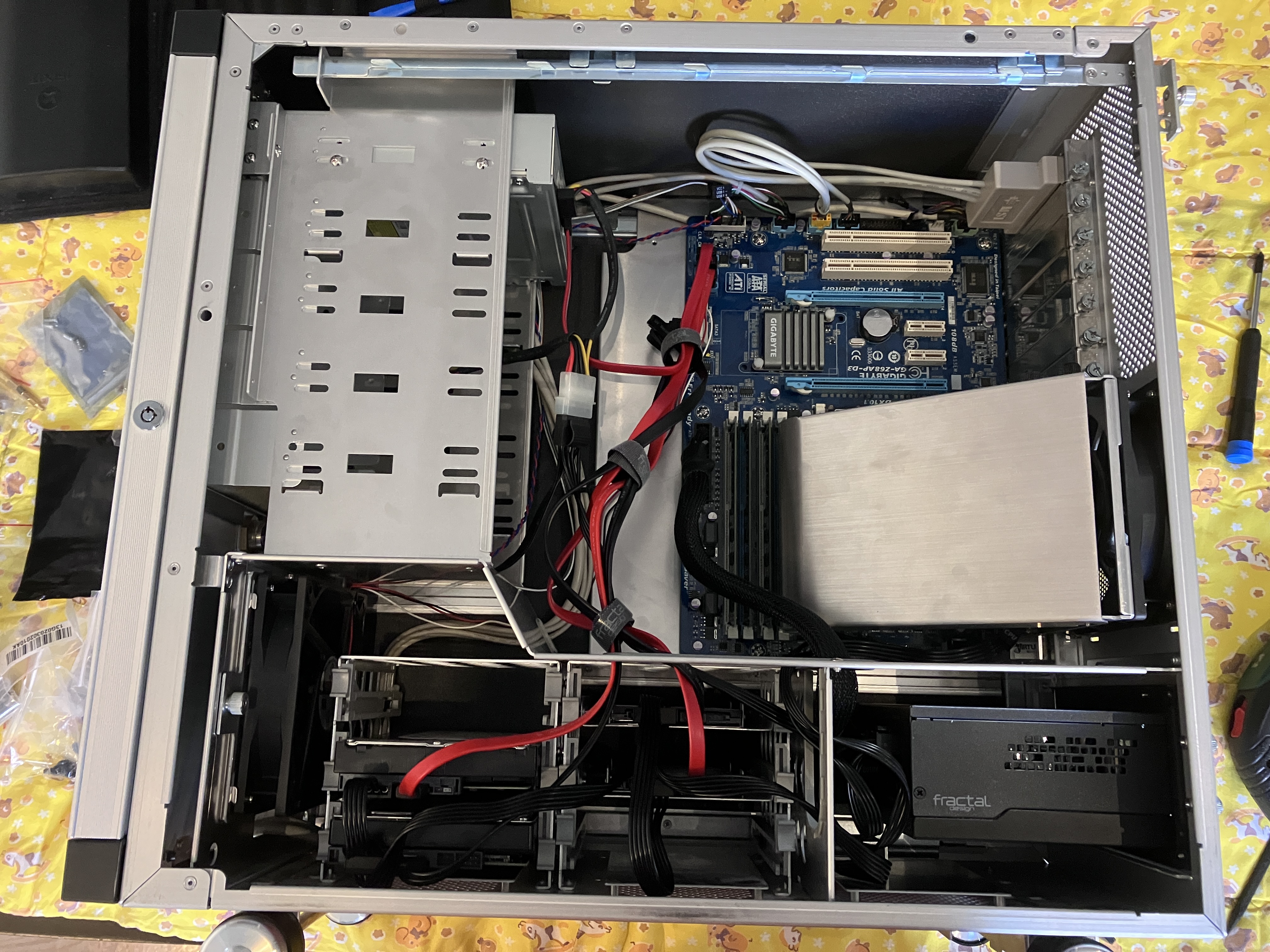
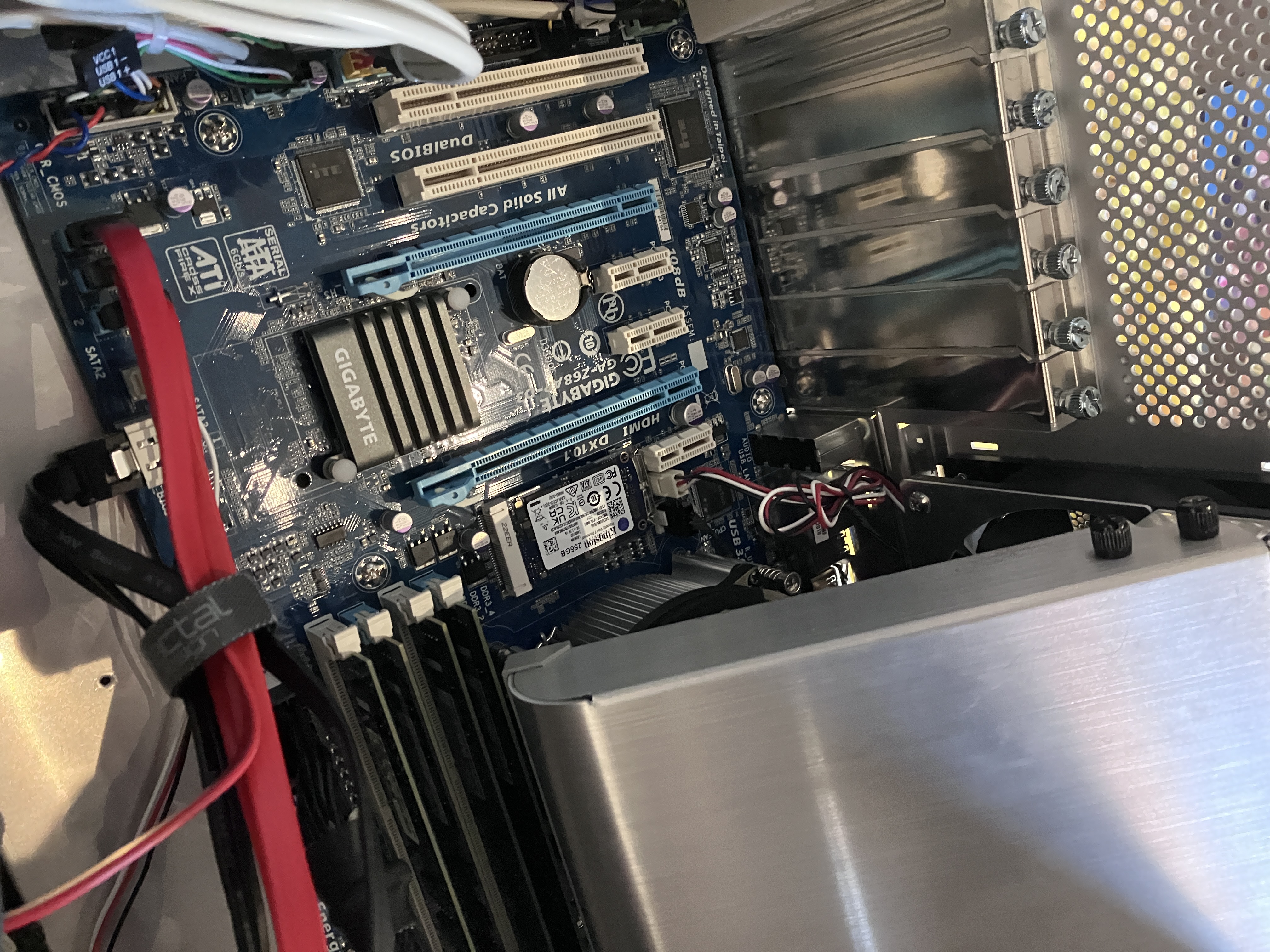
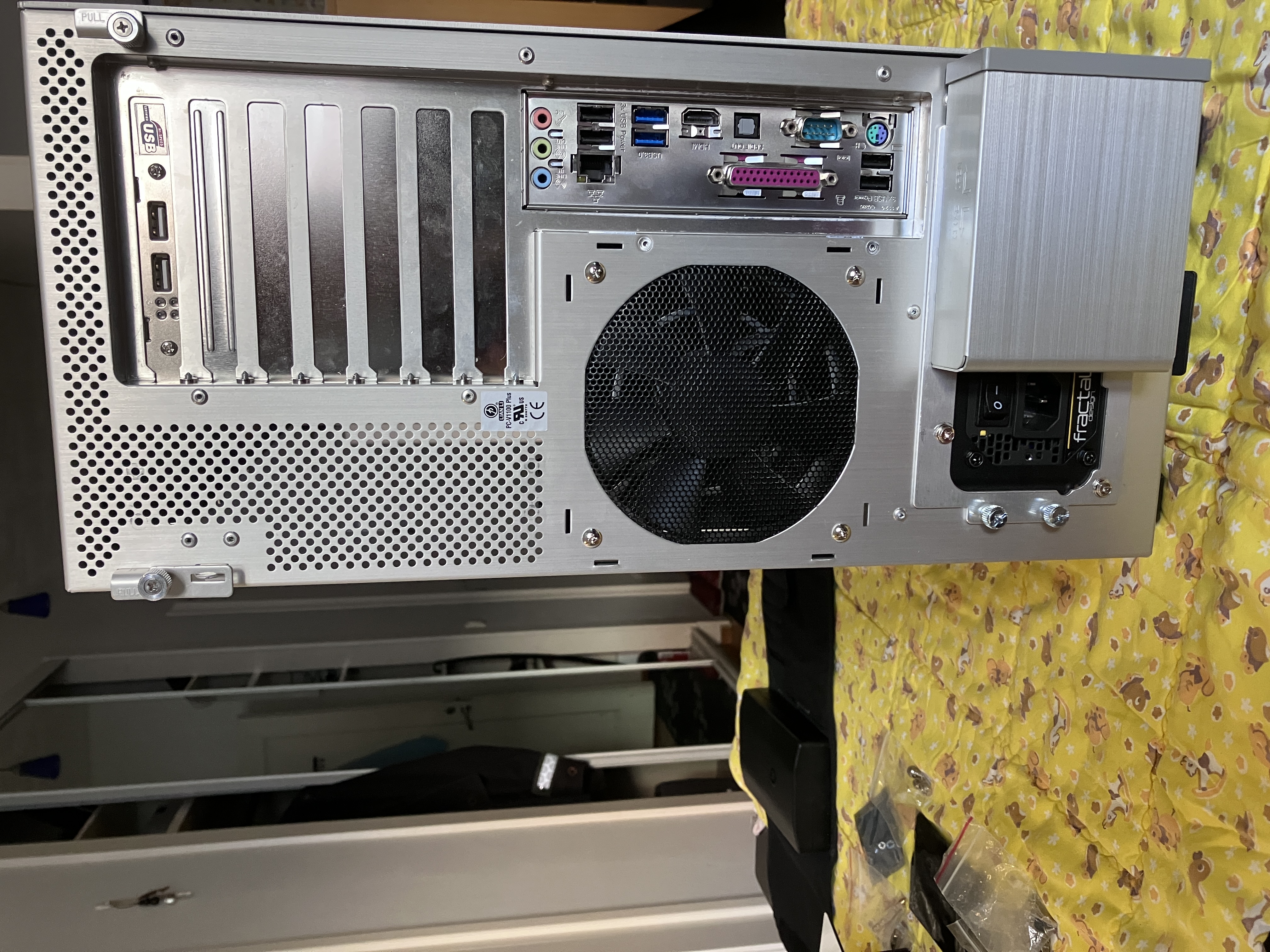
At this point, I had successfully vacated the original case of the Vista prebuilt so it was time to gather the other components. I took the assembled platform, the IO shield, and the GPU down from the wall, retrieved the IDE DVD drive I had stuffed away after unsuccessfully trying to install it on the 386 PC, and even took out the original 320 GB SATA HDD of the prebuilt. These were all parts from the prebuilt as it left the system integrator in 2007, but I also had some other components I wanted to stuff in it: the PCI-e USB 3.0 card and the Pinnacle Systems PCI capture card (recent flea market finds), two more HDDs from the Mac Pro, as well as a fourth HDD that I got with the semi-functional Dell. The HDD from the Dell had a sharpie marking on it from the previous owner that read "X, makes noise", but I had quickly tested the drive at the time and found no such issue. Furthermore, who cares? The machine is e-waste regardless…
I had re-pasted the CPU of the Vista prebuilt when I briefly considered it for the Windows XP PC, but the GPU still had its original paste, so I decided to start by re-pasting it as well.
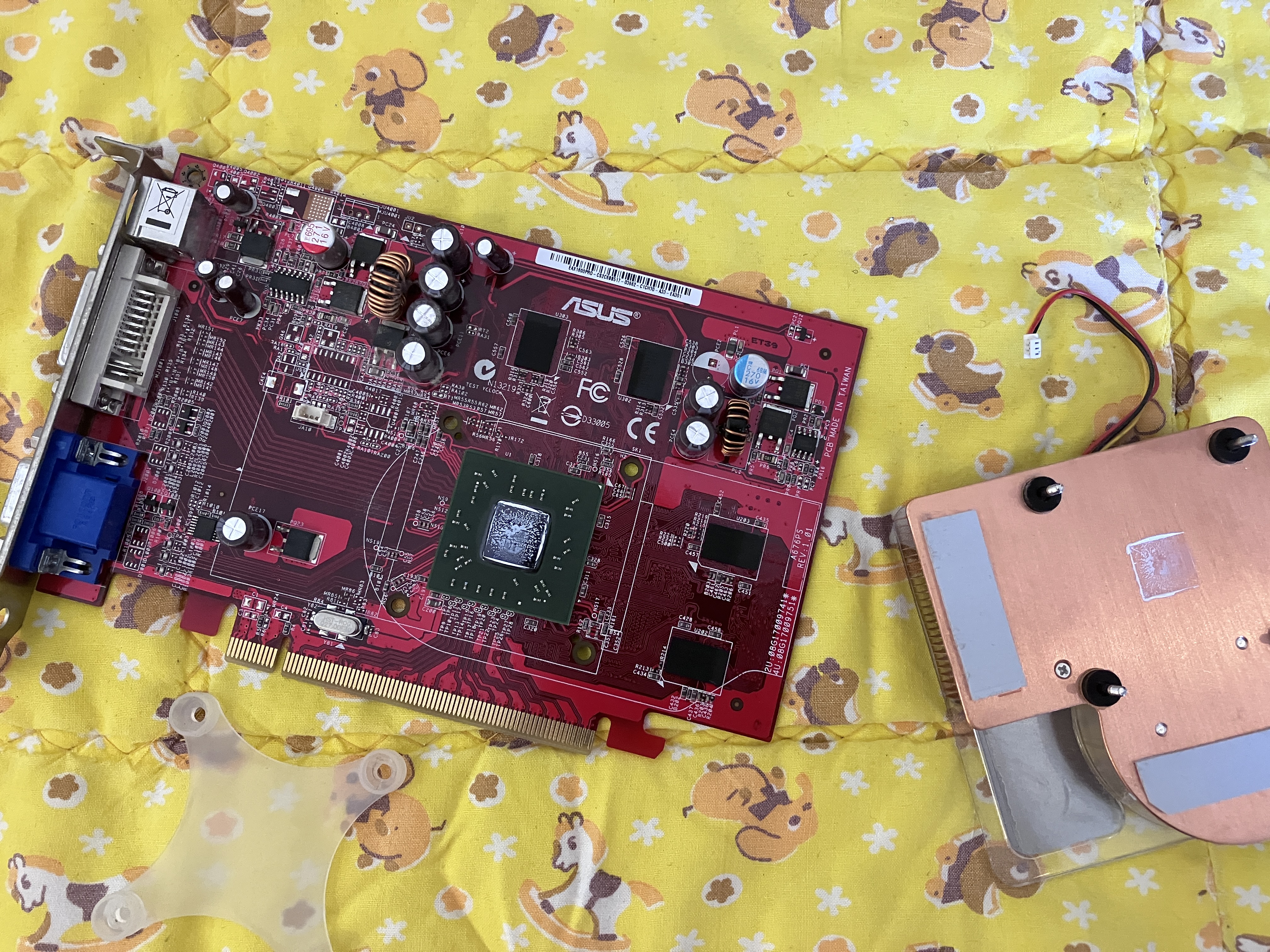
Then, it was time to assemble. Even though the case is a total tin can, there is nothing outrageously bad about it, and I had built and rebuilt in it so many times I had both grown a bit fond of it and also loosened any moving bits that might've once been a bit tight. That is to say, the assembly was a breeze, and before long, I had a re-built pre-built before me on the table.
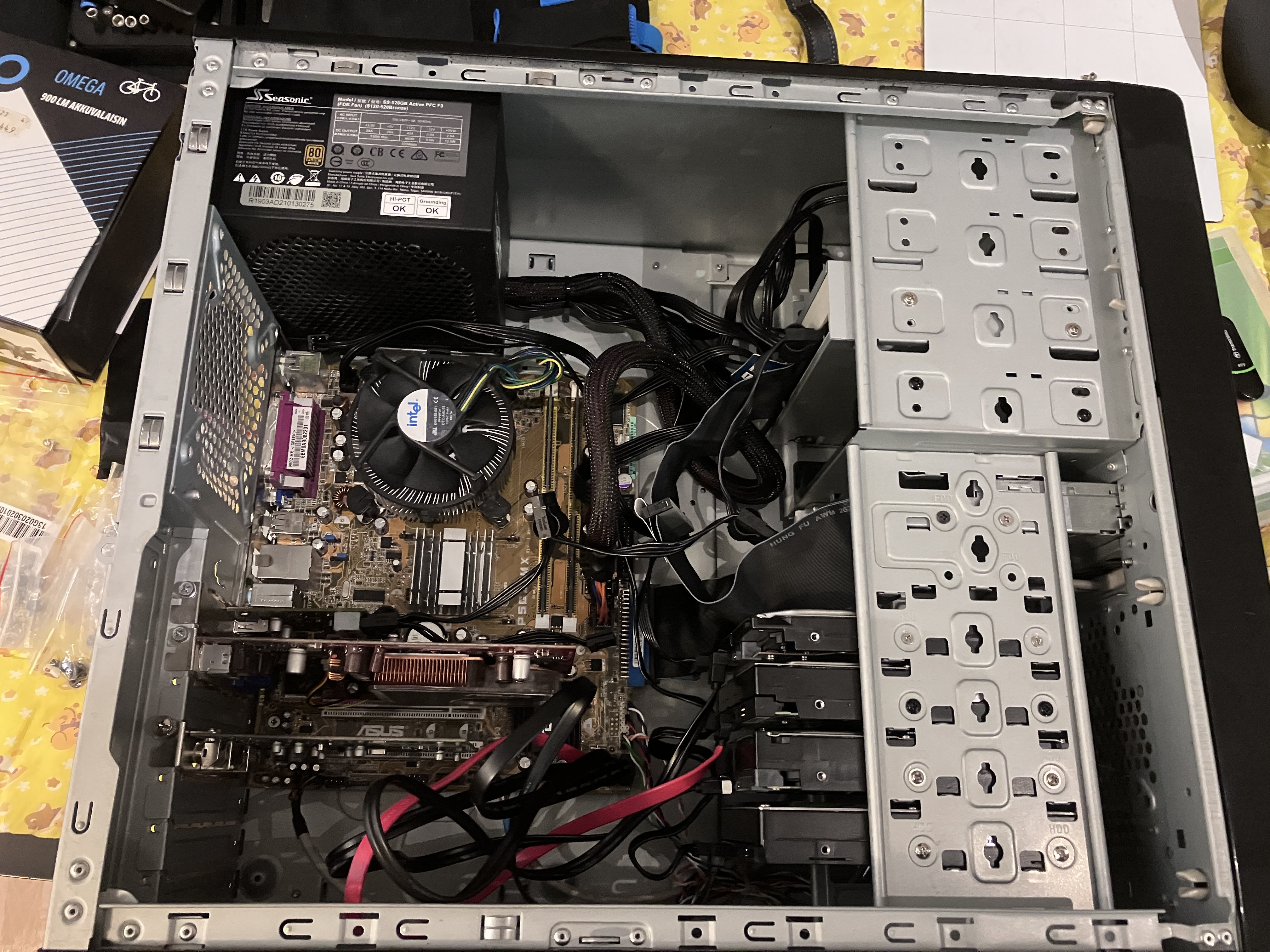
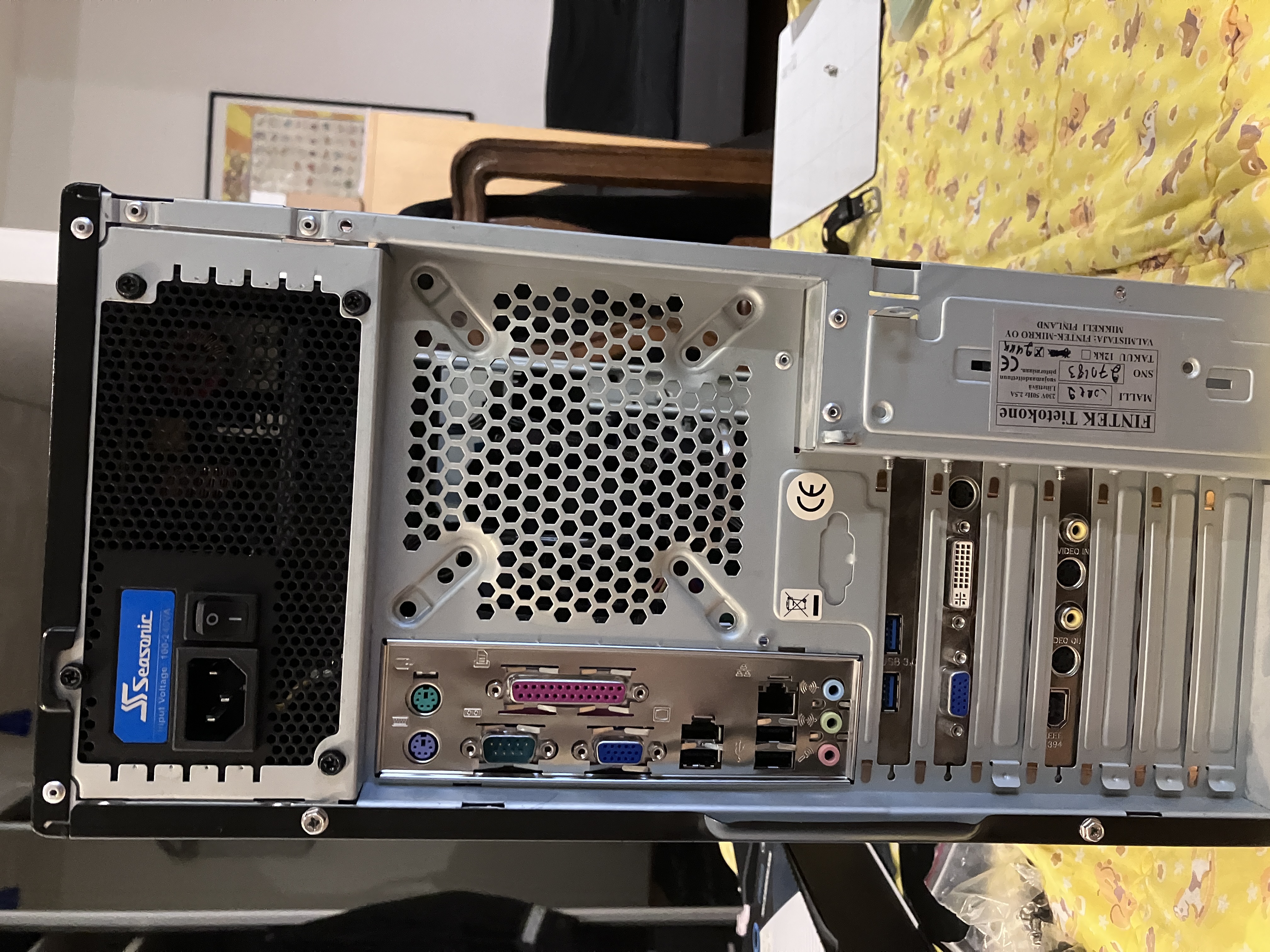
I installed Windows Vista Home Premium 32-bit on the original 320 GB HDD using the official installation DVD that originally came with the system, because that just felt right. Then, I installed Windows XP Professional 32-bit on one of the other HDDs in the system, because I could. Lastly, I wanted to install Debian 12 on the last of the non-sketchy HDDs in the system. However, the ancient platform simply refused to boot from any sort of USB medium. I also wanted to be able to image the three bootable drives. So, it was time to whip out a DVD cake (remember those?) and burn a Debian 12 iso as well as a Clonezilla iso. Luckily, I have two optical drives the Chieftec server!
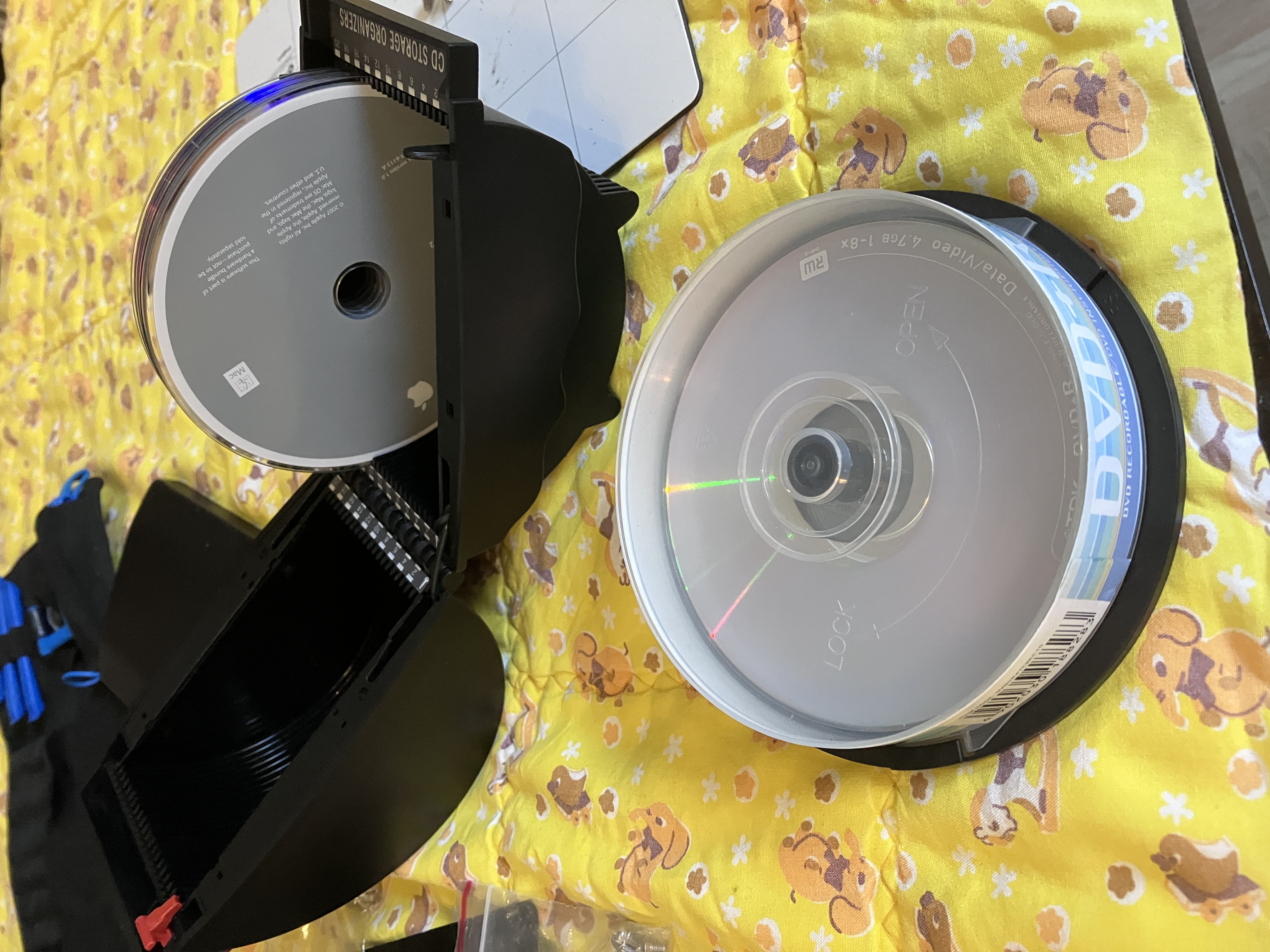
After installing Debian 12, I set GRUB as the default bootloader and made it wait for user input indefinitely on each boot, giving me a nice boot menu to select which flavor of obsolete crap I would like on a given day. I then spent hours despairing over legacy Radeon drivers and missing .NET dependencies on Windows XP (Arch has nothing on XP when it comes to dependency breakage). I've yet to figure out the capture card and the USB 3.0 card drivers (or whether the cards even work). At least they don't prohibit the machine from POSTing…
As fun as messing with old hardware is, it is still stuff and comes with all the mental and physical load of having stuff. That is to say, it is good to also let go of stuff every now and then. Hence, it was time for me to part with the Mac Pro I had stripped all the HDDs out of. I donated it to a recycling center together with the Apple Cinema Displays. (I had already donated the other Mac Pro quite some time ago.) The proprietary AF Dell motherboard also looked very lonely on the wall by itself after the other stuff had been taken down, so I recycled the poor thing as actual e-waste…